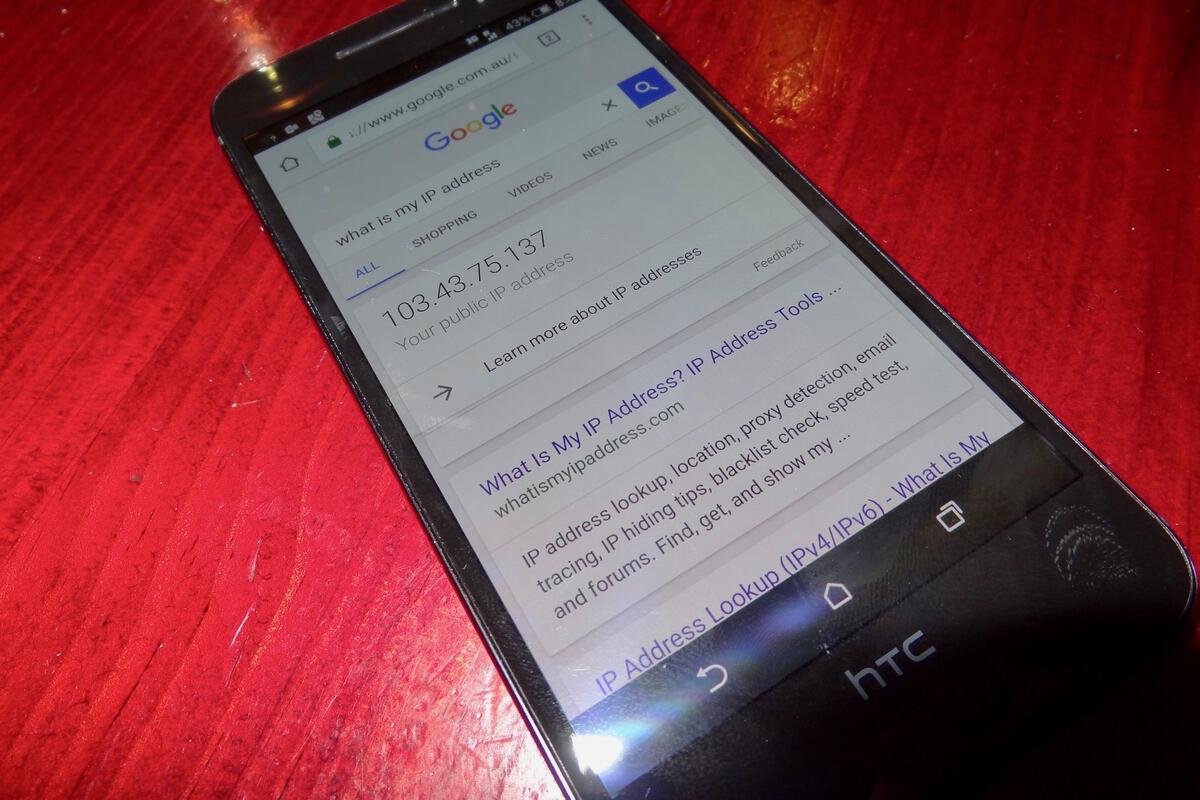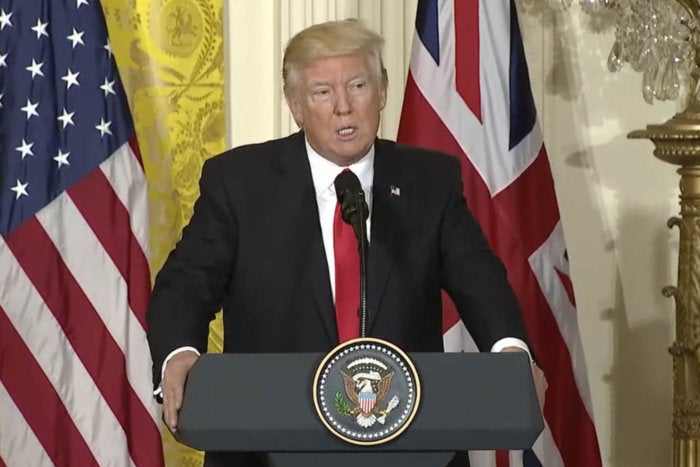Fingers and eyes at MWC 2017
Credit to Author: John Snow| Date: Fri, 03 Mar 2017 15:04:54 +0000
Protected fingerprint and iris sensors in smartphones, and other interesting security trends from MWC 2017.
Read moreCredit to Author: John Snow| Date: Fri, 03 Mar 2017 15:04:54 +0000
Protected fingerprint and iris sensors in smartphones, and other interesting security trends from MWC 2017.
Read more
Credit to Author: Martyn Williams| Date: Tue, 28 Feb 2017 04:43:00 -0800
Engineers at South Korea’s SK Telecom have developed a tiny chip that could help secure communications on a myriad of portable electronics and IOT devices.
The chip is just 5 millimeters square — smaller than a fingernail — and can generate mathematically provable random numbers. Such numbers are the basis for highly-secure encryption systems and producing them in such a small package hasn’t been possible until now.
The chip, on show at this week’s Mobile World Congress in Barcelona, could be in sample production as early as March this year and will cost a few dollars once in commercial production, said Sean Kwak, director at SK Telecom’s quantum technology lab.
To read this article in full or to leave a comment, please click here

Credit to Author: Peter Sayer| Date: Mon, 27 Feb 2017 10:31:00 -0800
It sounds like a smartphone user’s worst fear: Software that starts up before the phone’s operating system, intercepting and encrypting every byte sent to or from the flash memory or the network interface.
This is not some new kind of ransomware, though. This is the D4 Secure Platform from Cog Systems.
The product grew out of custom security software the company developed for governments, and which it saw could also be put to use in the enterprise as a way to make smartphones more productive while still maintaining a high level of security.
It includes a Type 1 hypervisor, a virtualized VPN and additional storage encryption that wrap the standard Android OS in additional layers of protection largely invisible to the end user.
To read this article in full or to leave a comment, please click here

If President Donald Trump is still using his personal, unsecured Android smartphone, as reported, he is surely creating bucketsful of worry for White House communications security staff.
As CIOs and Chief Information Security Officers already know, any organization can install strong security technology into a network or a smartphone, only to be defeated if end users don’t use it or follow safe cyber practices.
“The most vulnerable parts of communications are the people, and if they aren’t taking precautions, problems exist,” said Chris Perry, chief operating officer for Secured Communications, a provider of encrypted VPNs for mobile devices used by governments and companies.
To read this article in full or to leave a comment, please click here

The list of things that could go wrong is very long. The post Trump’s Still Using His Old Android Phone. That’s Very, Very Risky appeared first on WIRED.
Read more